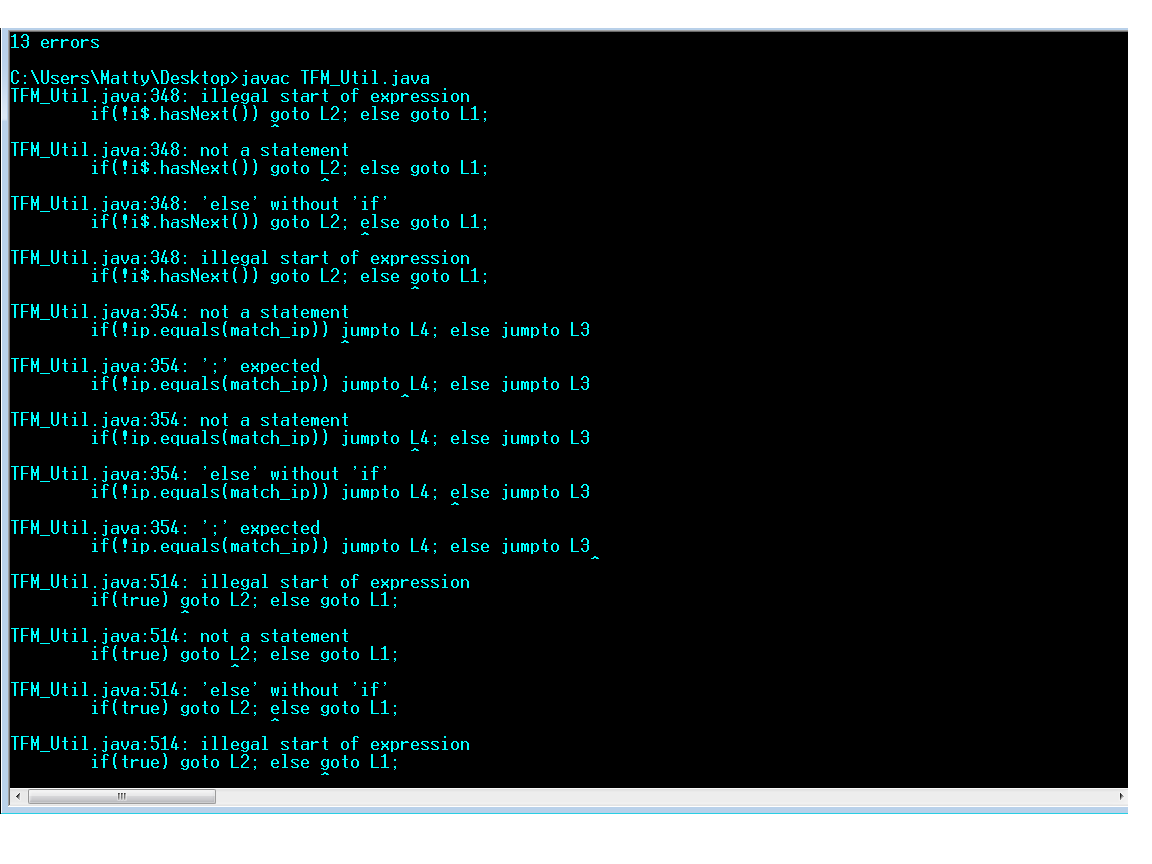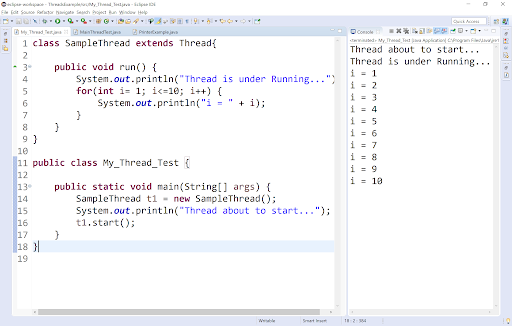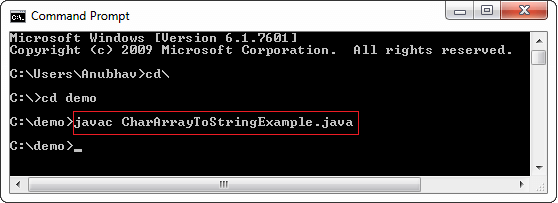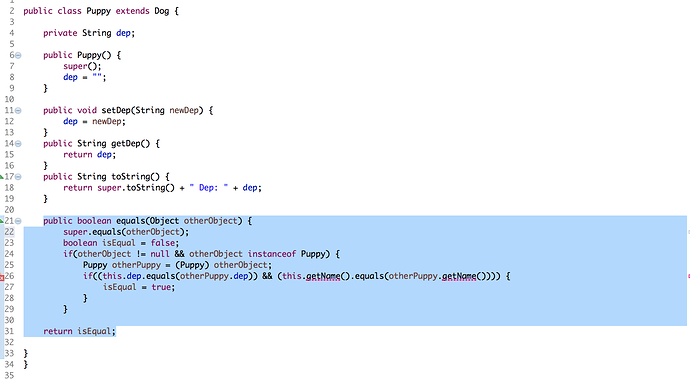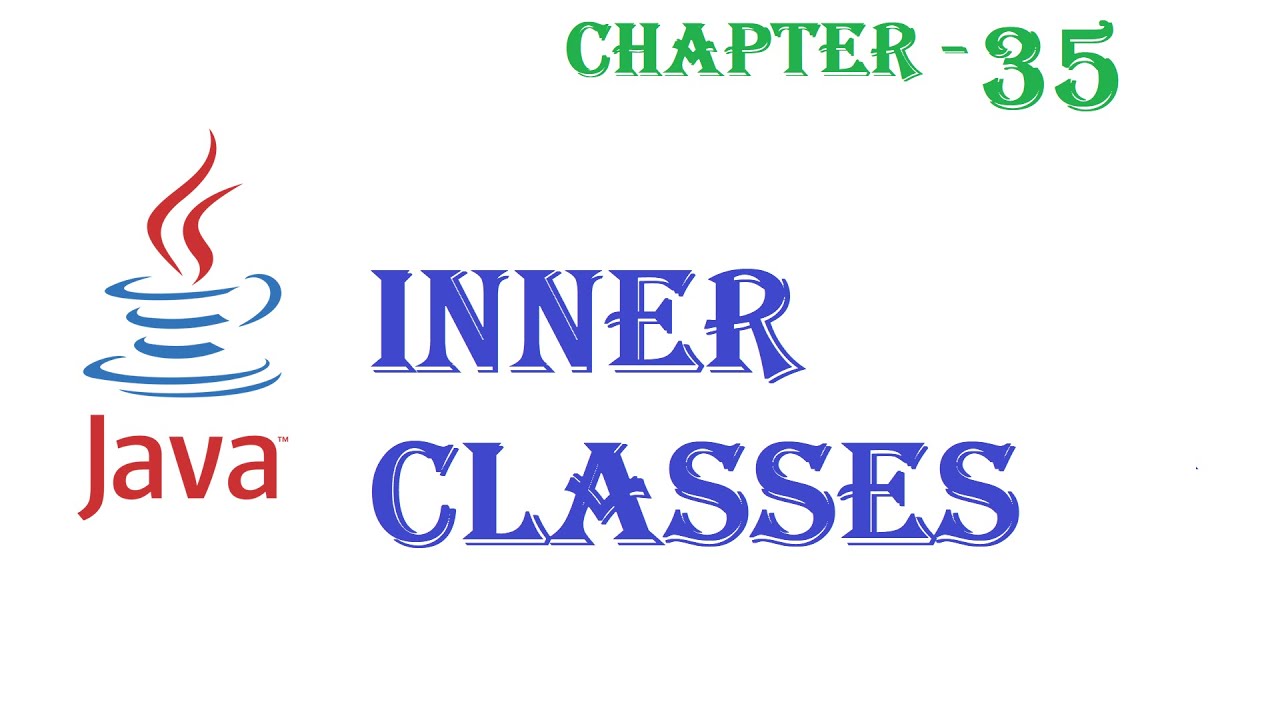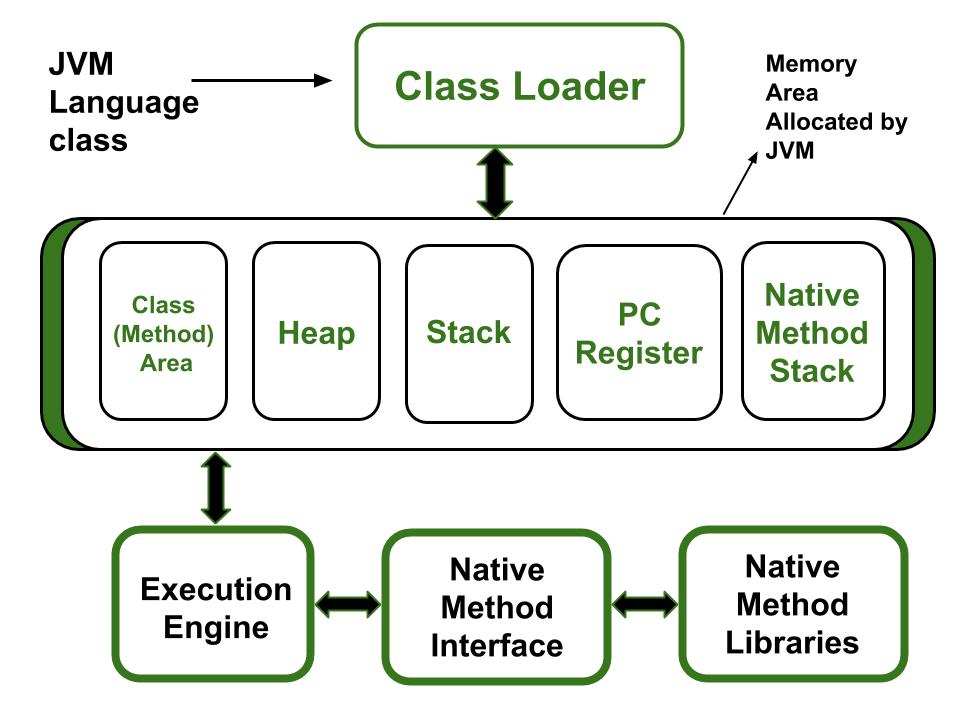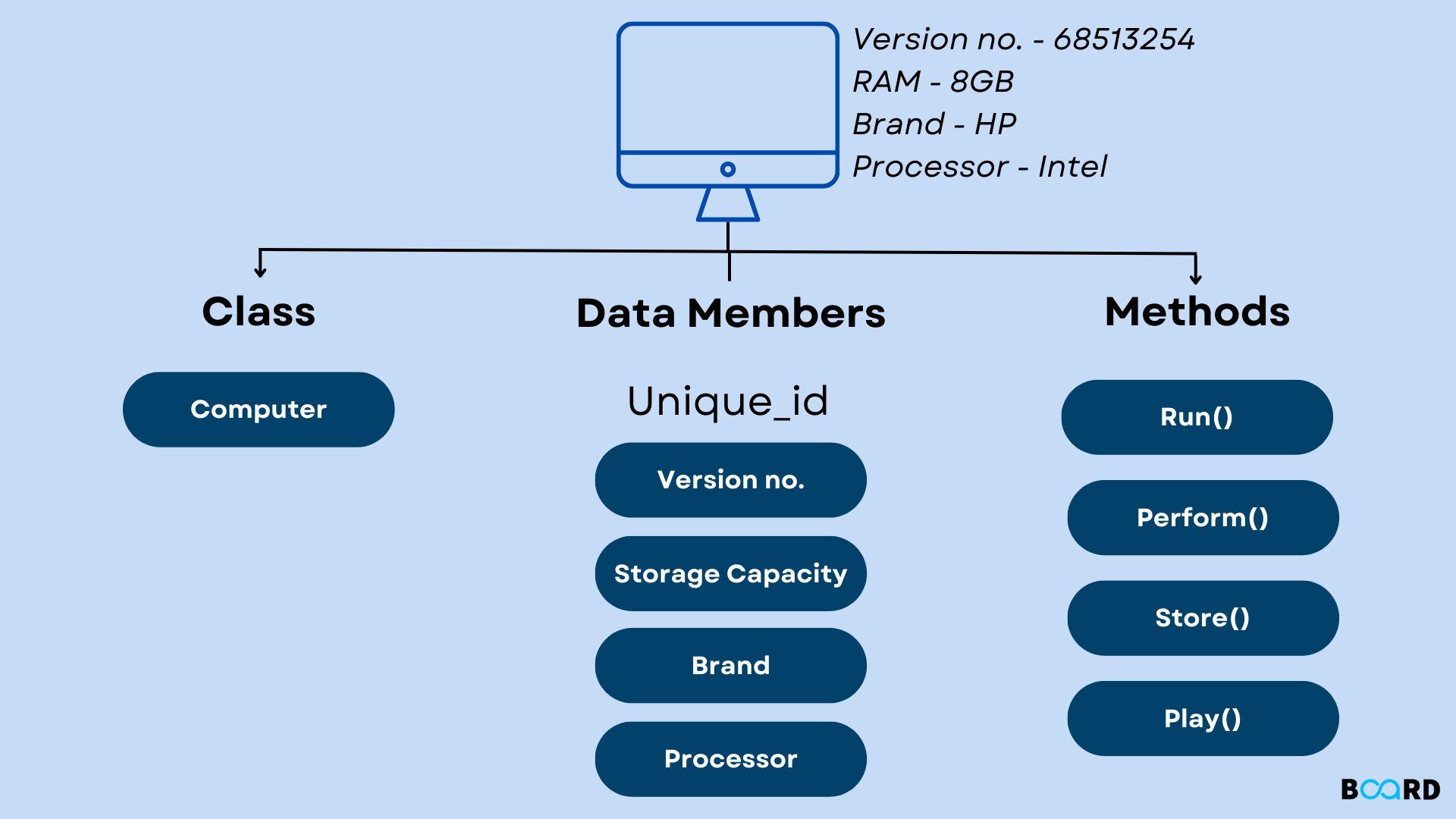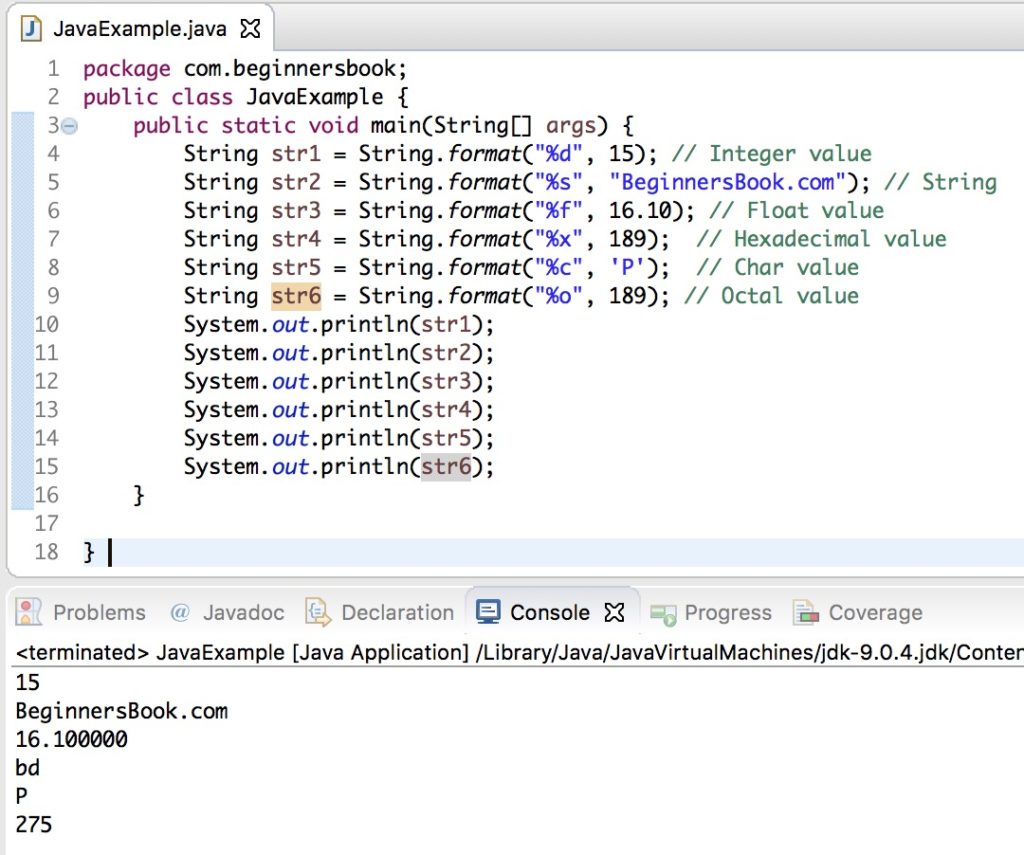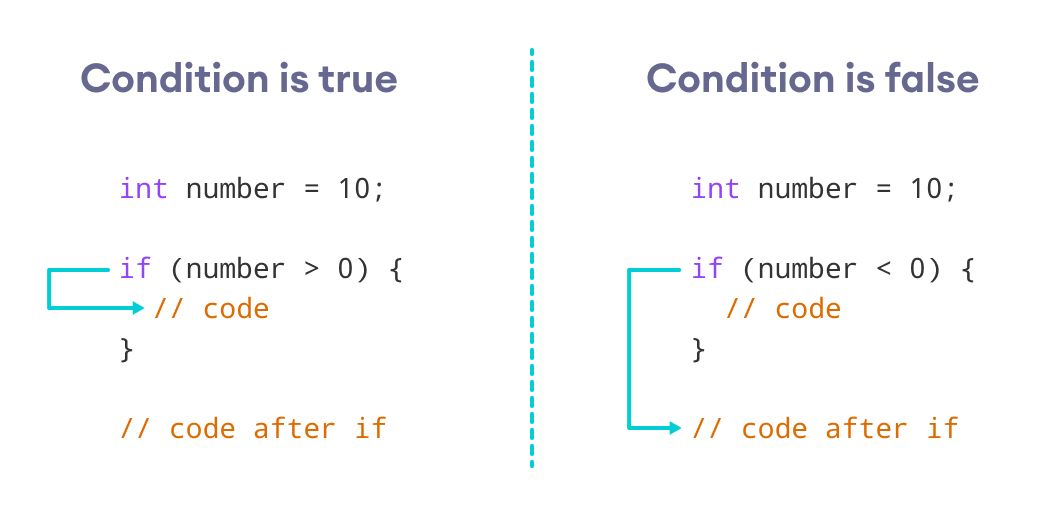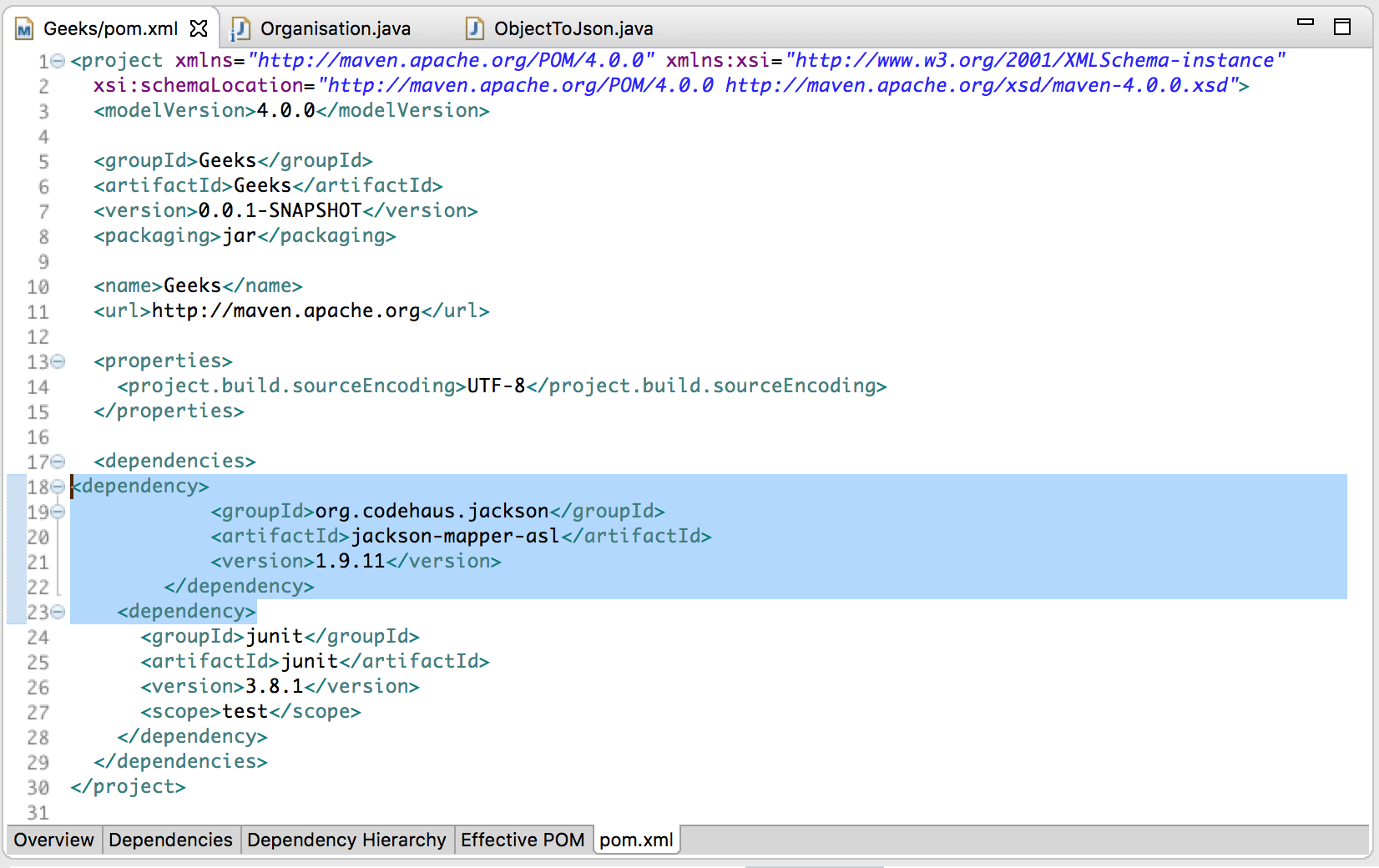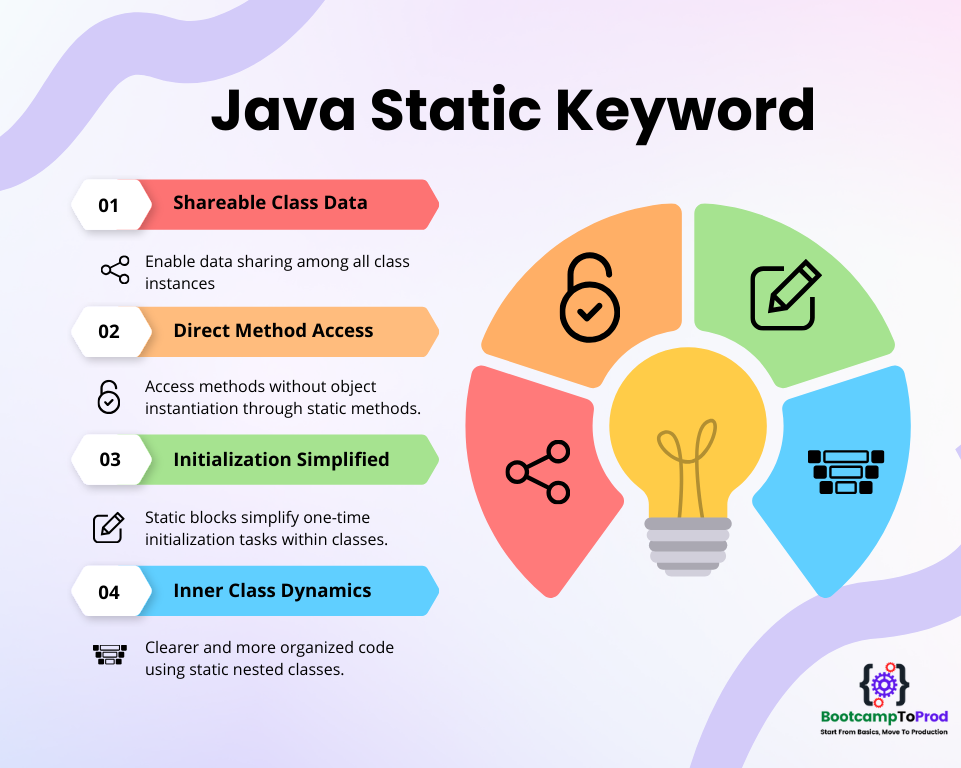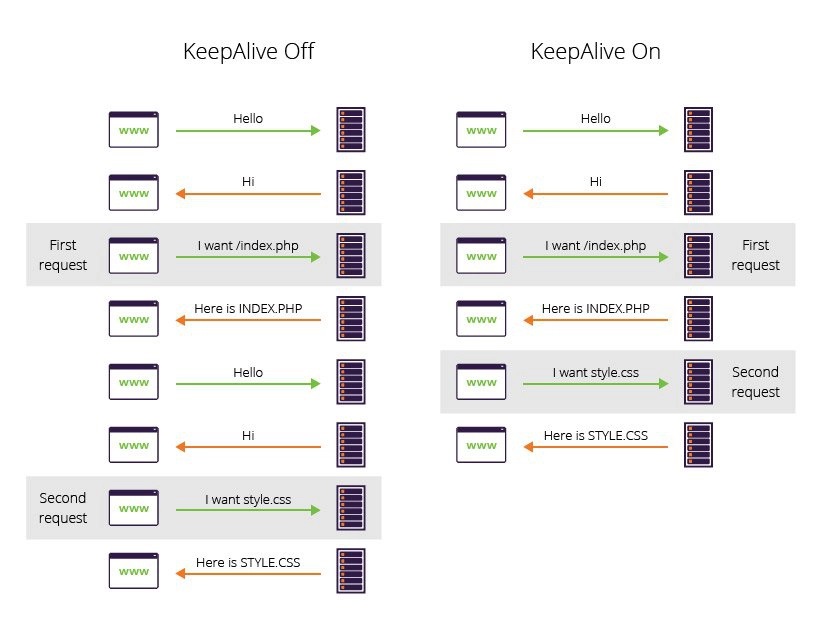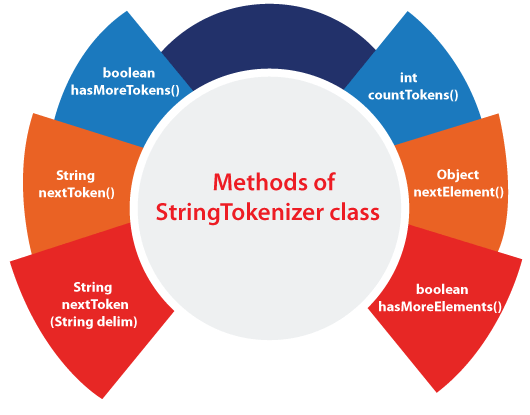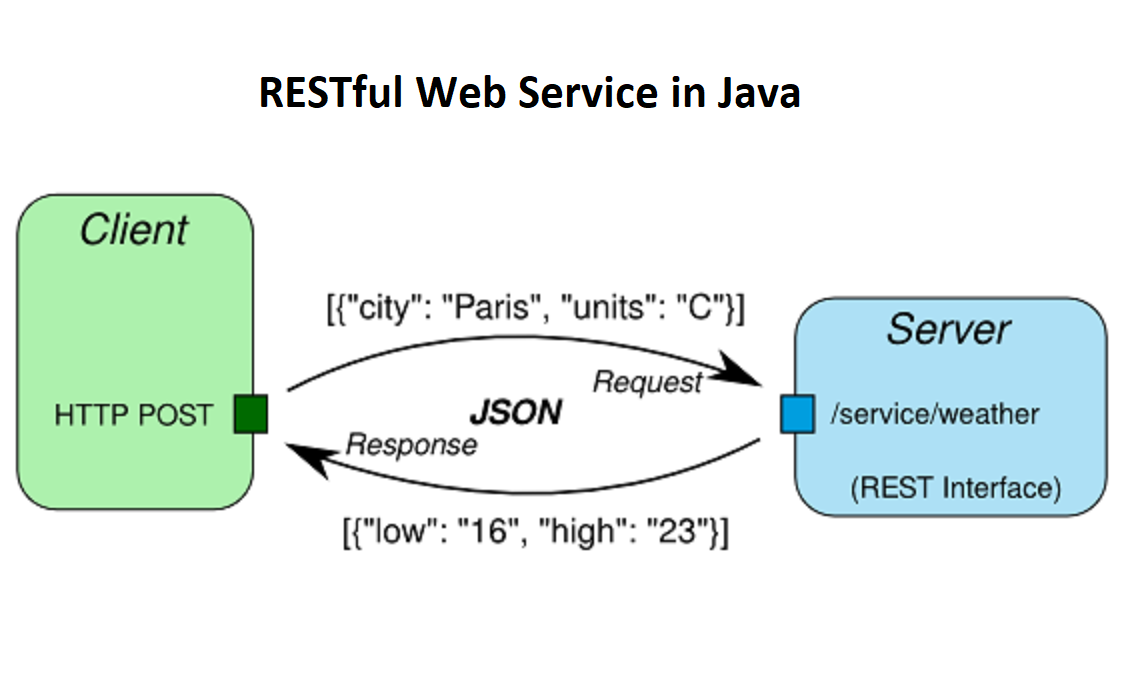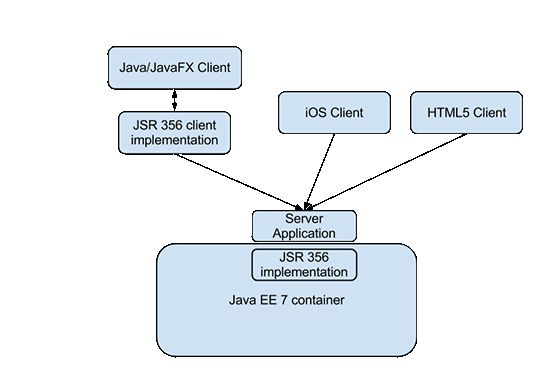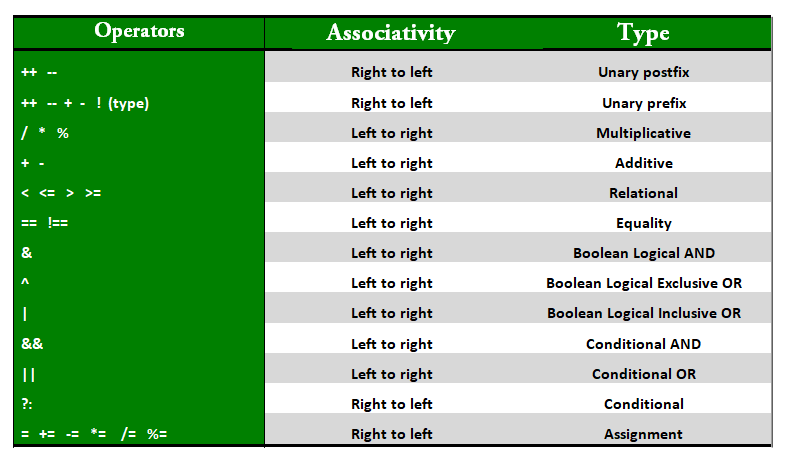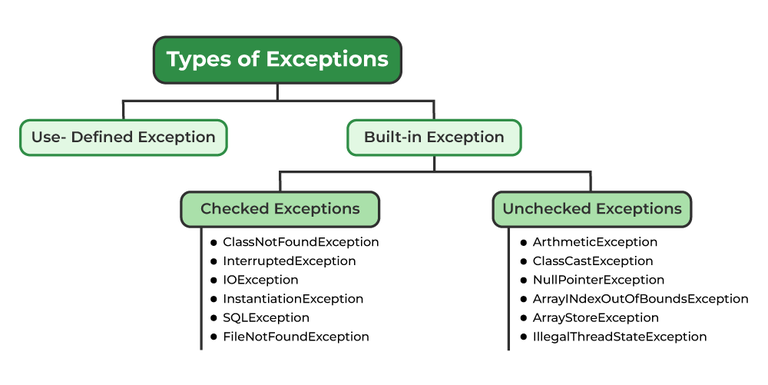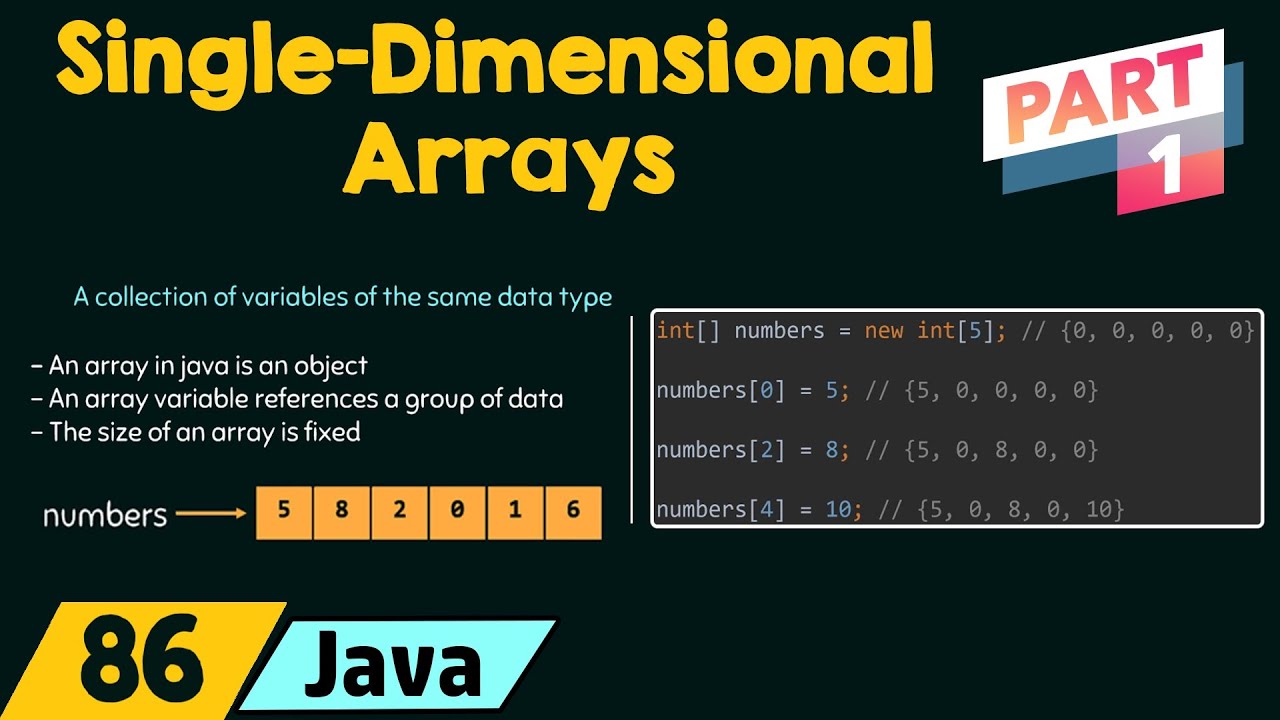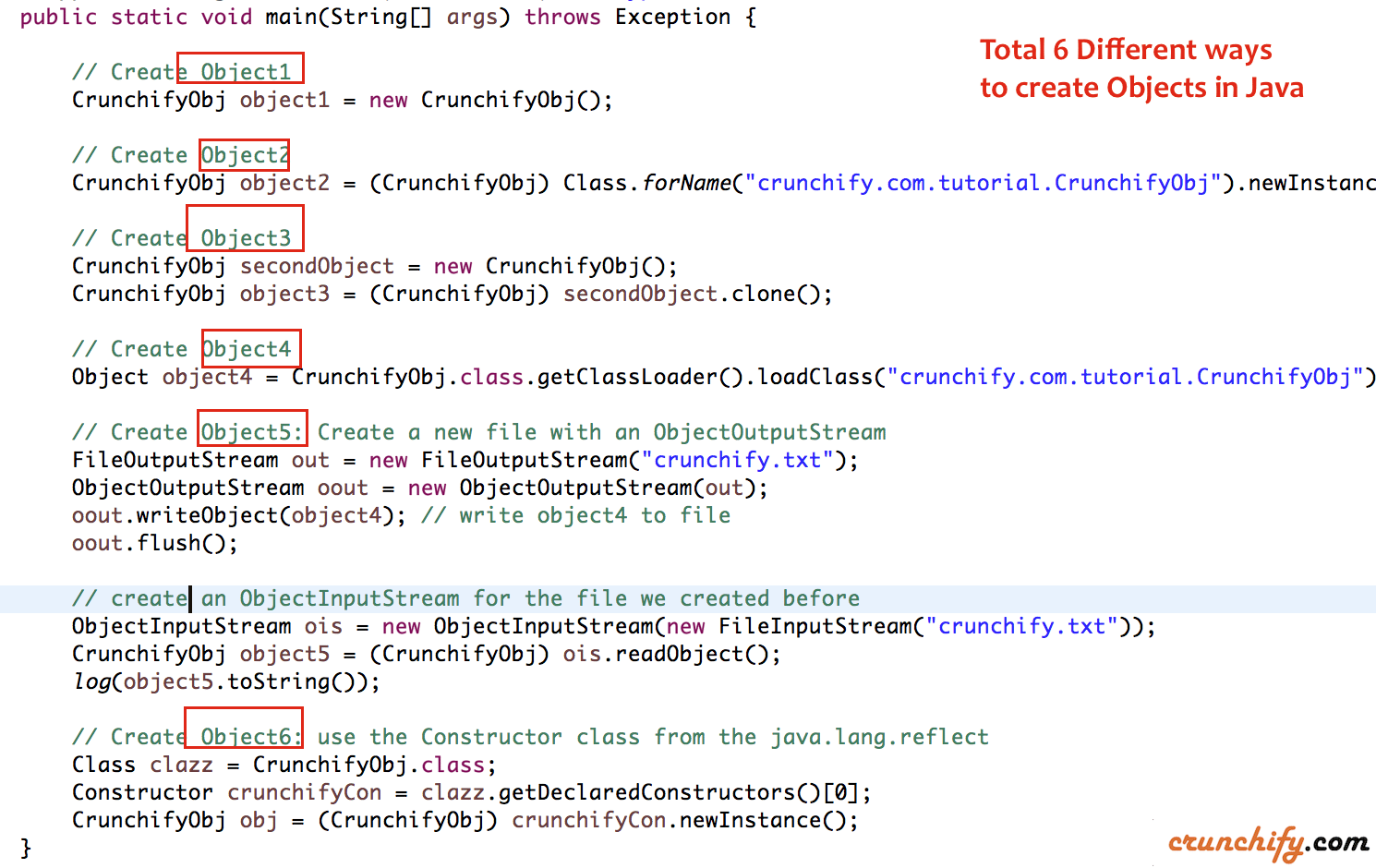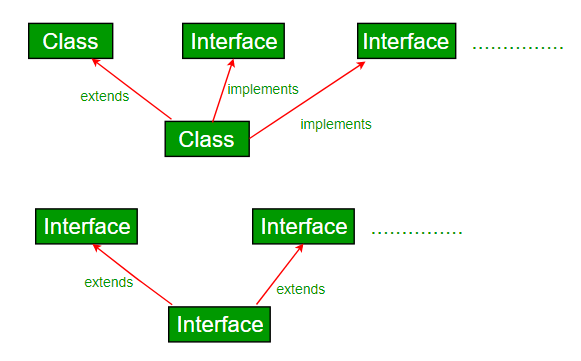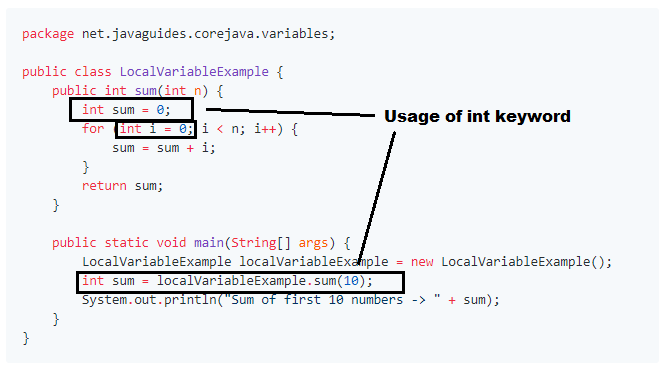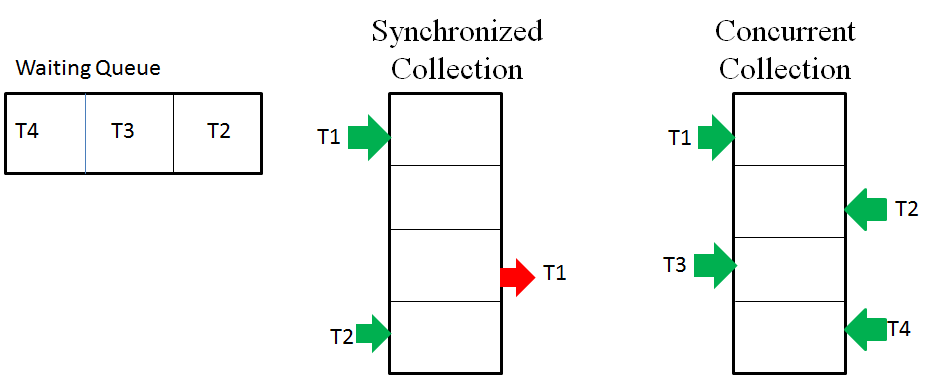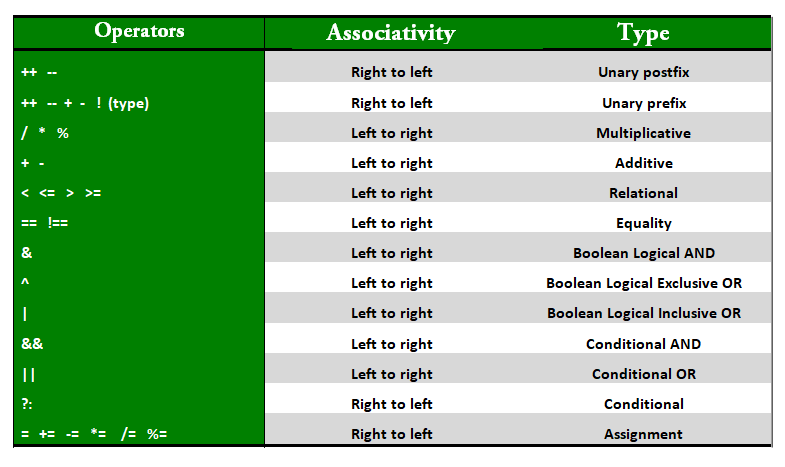Java design patterns interview questions for experienced
Java design patterns interview questions for experienced
Here are some common Java design patterns interview questions that can help experienced developers to ace their interviews:
1. What is the Singleton pattern? How do you implement it?
Singleton pattern ensures a class has only one instance and provides access to this instance from any part of the program. To implement the Singleton pattern, you create a private static member and a public static method that returns an instance of the class.
Example: A logging utility with a single logger instance.
2. How do you implement the Factory pattern? Provide examples.
The Factory pattern provides a way to create objects without specifying the exact class of object that will be created. This pattern allows clients to work with abstract types, but still supports polymorphism.
Example 1: A car factory producing different car models (e.g., Toyota, Ford).
Example 2: A shape factory creating various shapes (e.g., circle, square).
3. What is the Observer pattern? How do you use it in Java?
The Observer pattern allows an object to notify other objects about changes or events without having a direct reference to them. This is achieved through a subject and observer hierarchy.
Example: A stock market application where various observers (e.g., graphical display, print statement) are notified when the stock price changes.
4. How do you implement the Adapter pattern? Provide examples.
The Adapter pattern allows two incompatible objects to interact with each other by converting one object's interface into another's interface. This is particularly useful for working with legacy systems or third-party libraries.
Example 1: Adapting a square-shaped plug to fit a round outlet.
Example 2: Wrapping a Java collection class to work seamlessly with an Apache Commons utility class.
5. What is the Command pattern? How do you use it in Java?
The Command pattern encapsulates a request or action as an object, making it possible for clients to queue, log, or undo these actions easily.
Example: A banking system where transactions (e.g., deposit, withdrawal) are represented as commands and executed by the system.
6. How do you implement the Composite pattern? Provide examples.
The Composite pattern allows clients to treat individual objects and compositions of objects uniformly, making it possible for clients to use recursive or iterative operations on these objects without knowing their concrete class types.
Example: A file system where files (leaf nodes) can be grouped into directories (composites), which themselves can contain more subdirectories or files.
7. What is the Strategy pattern? How do you use it in Java?
The Strategy pattern defines a family of algorithms, encapsulates each one as an object, and makes them interchangeable using polymorphism. This allows clients to choose an algorithm without changing their code.
Example: A payment processing system where different payment strategies (e.g., credit card, PayPal) are implemented as separate strategy objects.
8. How do you implement the Iterator pattern? Provide examples.
The Iterator pattern provides a way for clients to access and traverse elements of a collection without exposing its underlying implementation details.
Example 1: A database query where you iterate through the result set (e.g., rows) without knowing their internal representation.
Example 2: A file system walker that iterates through directories and files recursively, hiding the complexity of directory traversal.
These patterns are fundamental to any Java development project. Mastering them will help you write more maintainable, flexible, and scalable code.
(Note: Please respond in English only.)
Star pattern Interview Questions in Java
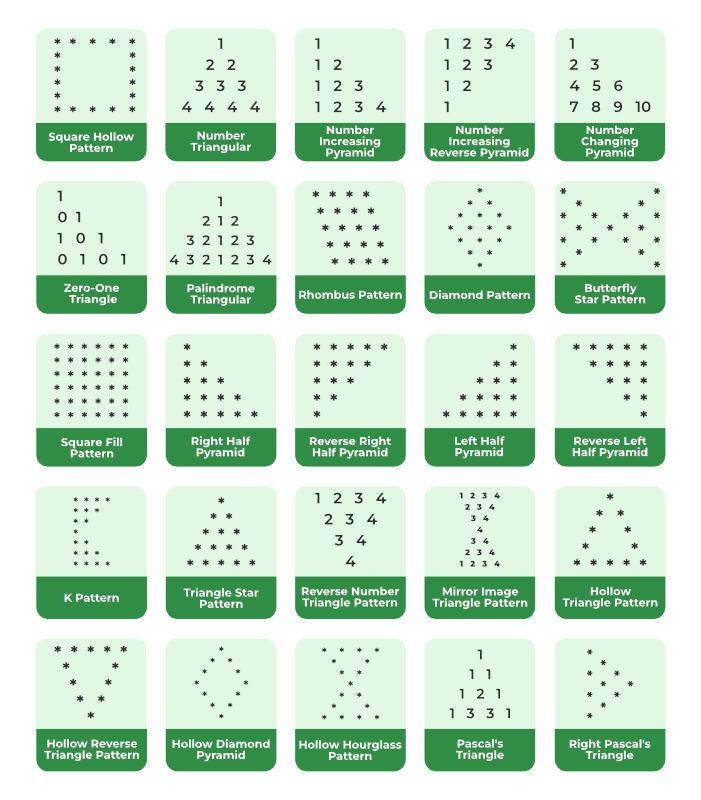
Here are some star pattern interview questions in Java:
Print Half Diamond Pattern: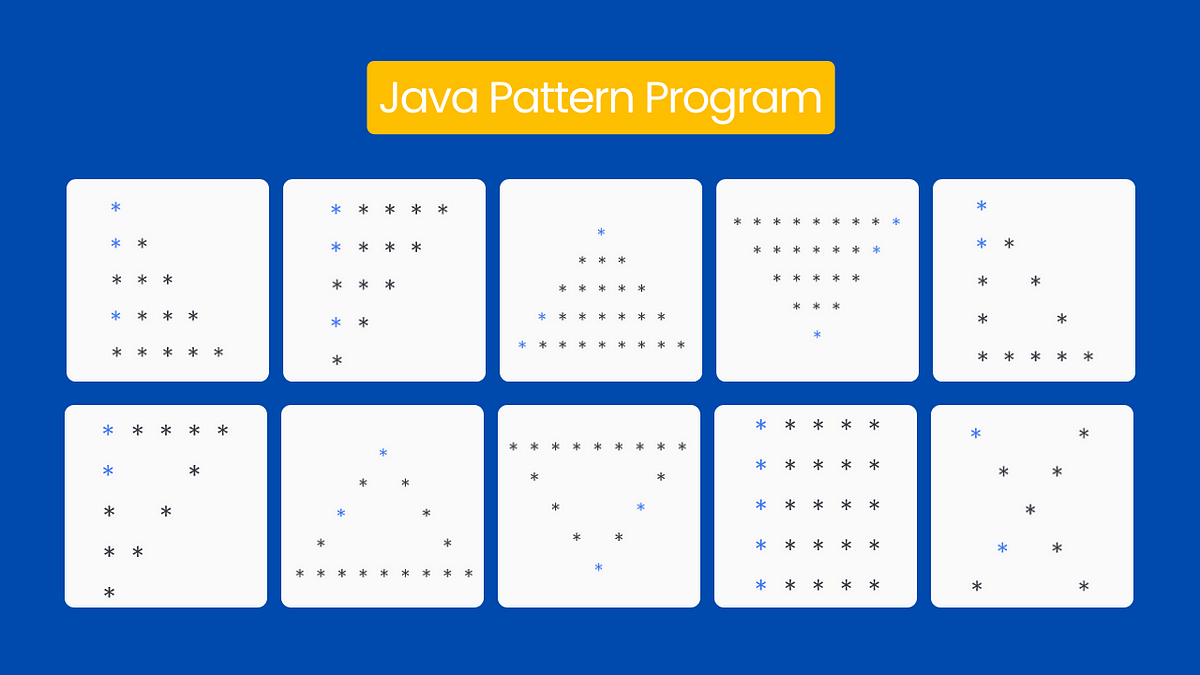
Write a Java program to print the following half-diamond pattern:
*
Design a Java program to print the full star pattern as follows:
*
**
Write a Java program to print the reversed half-diamond pattern:
*********
**
Create a Java program to print the star pyramid as follows:
*
**
Design a Java program to print the inverted star pyramid as follows:
*********
**
Write a Java program to print the star pattern with spaces in between:
*
**
Create a Java program to print the star pattern with numbers as follows:
1
2**
3***
4****
5*****
6******
7*******
8********
9*********
10**********
To solve these problems, you can use nested for loops or recursive methods in Java. The key is to carefully design the loop conditions and the statements within each iteration to achieve the desired pattern.
Here's a sample code snippet in Java for problem 1:
public class Main {
public static void main(String[] args) {
int rows = 5;
for (int i = 0; i < rows; i++) {
for (int j = 0; j <= i; j++) {
System.out.print("*");
}
System.out.println();
}
}
}
This code will print the half-diamond pattern with the specified number of rows.

